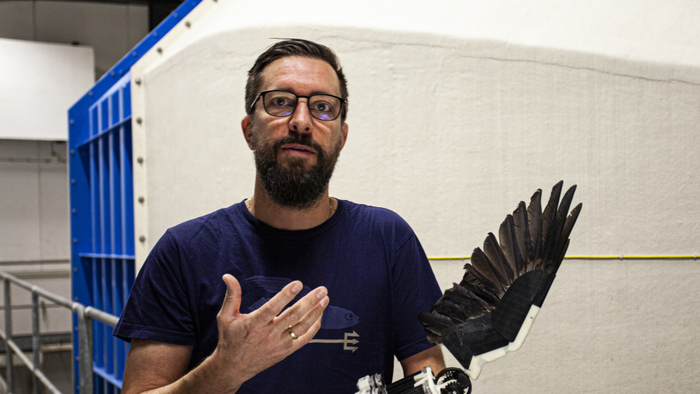Based on the findings of a recent study by Lund University in Sweden, the efficiency of bird flight (and bird-like dinosaur flight before it) is at least partially a result of their ability to fold their wings during the upstroke. This may be the next step in flapping drones’ propulsion and aerodynamic efficiency.
While using birds as a model for drones, the trick will be to determine which flapping strategy will work best for drone wing flapping. A Swedish-Swiss research team innovated a robotic wing that flaps like a bird. Previous attempts involved wings that did not flap like a bird. Birds flap their wings horizontally during slow flight, even though it requires more energy. Drones emulating this strategy could increase their range of speed.

The research, however, takes bird flight beyond observation. It shows why birds flap how they do, establishes which movement patterns create the most force, and delivers excellent efficiency. Expectations are that the research will have an impact on understanding how the migration of birds is affected by climate change and access to food, and the delivery of goods via drones. Delivery is challenging as to the weight involved.
Story via Lund University.

